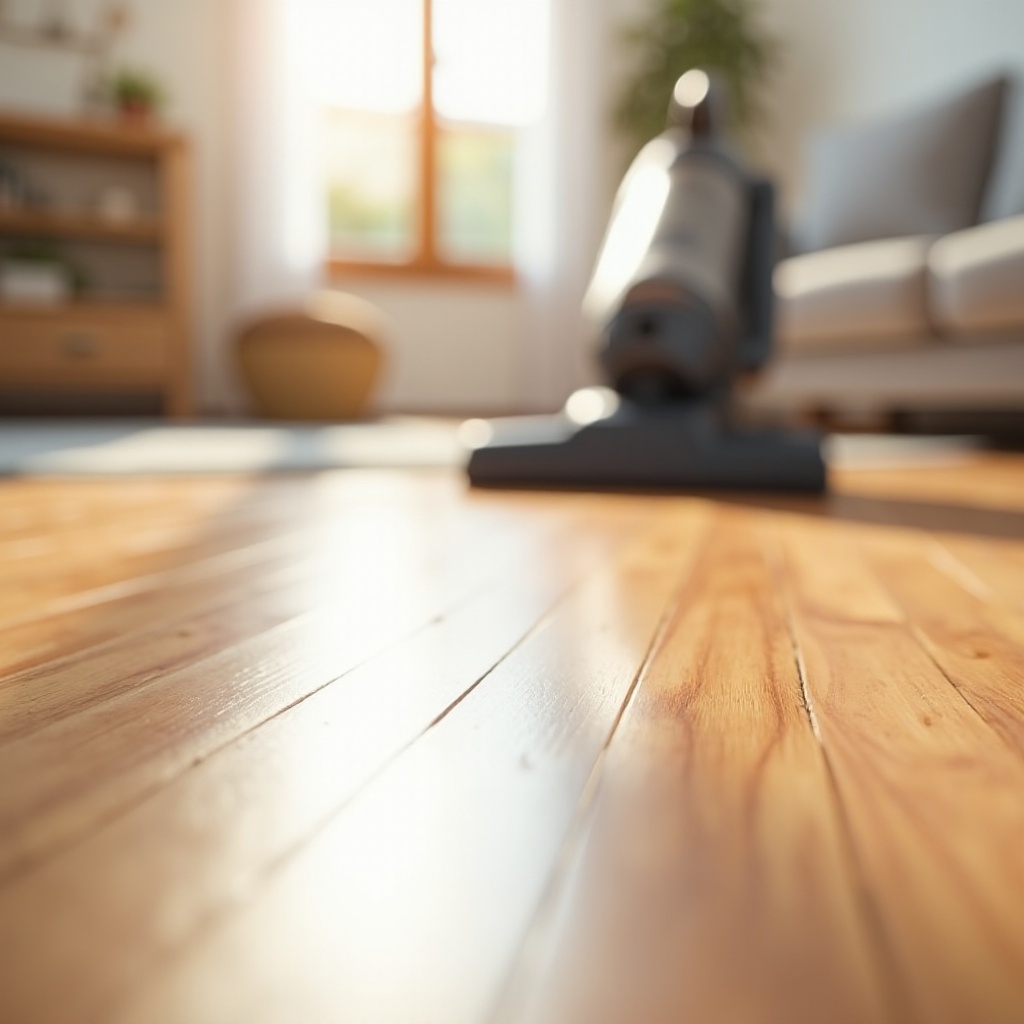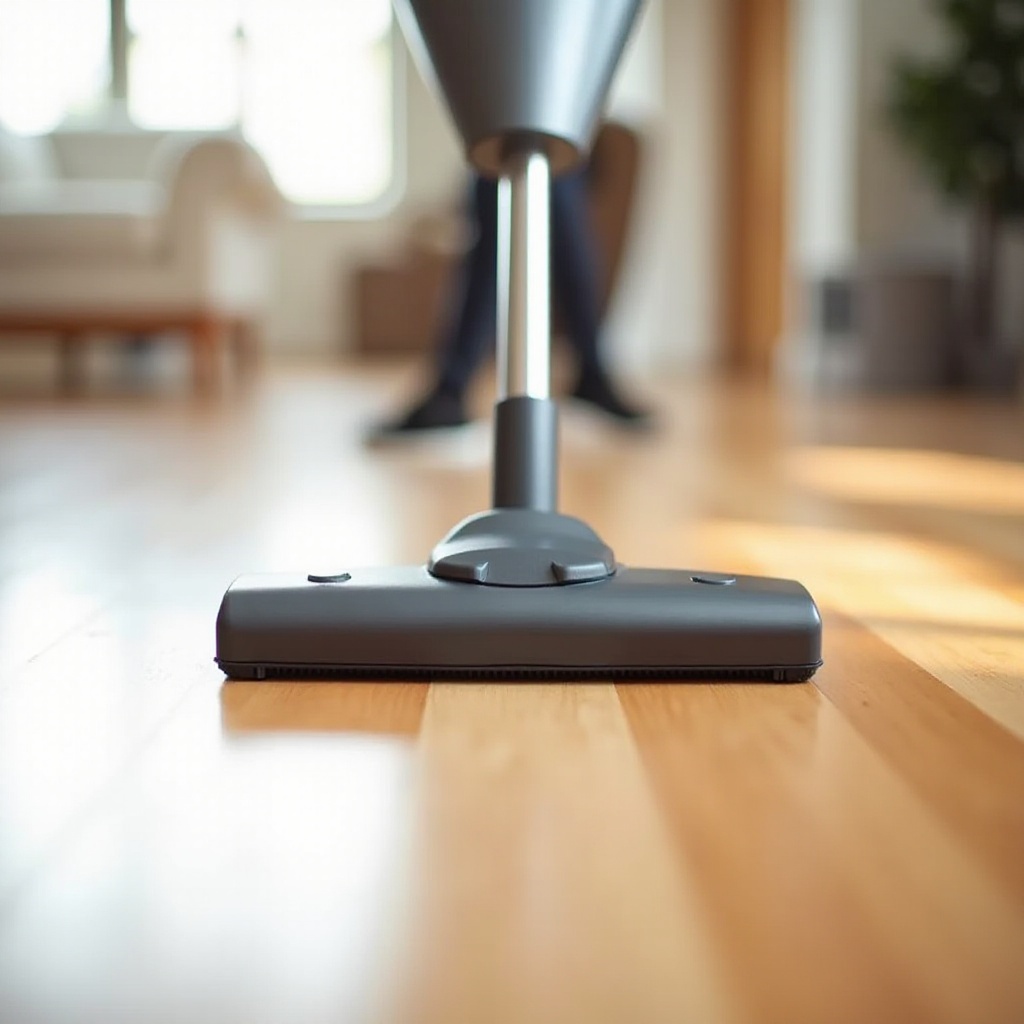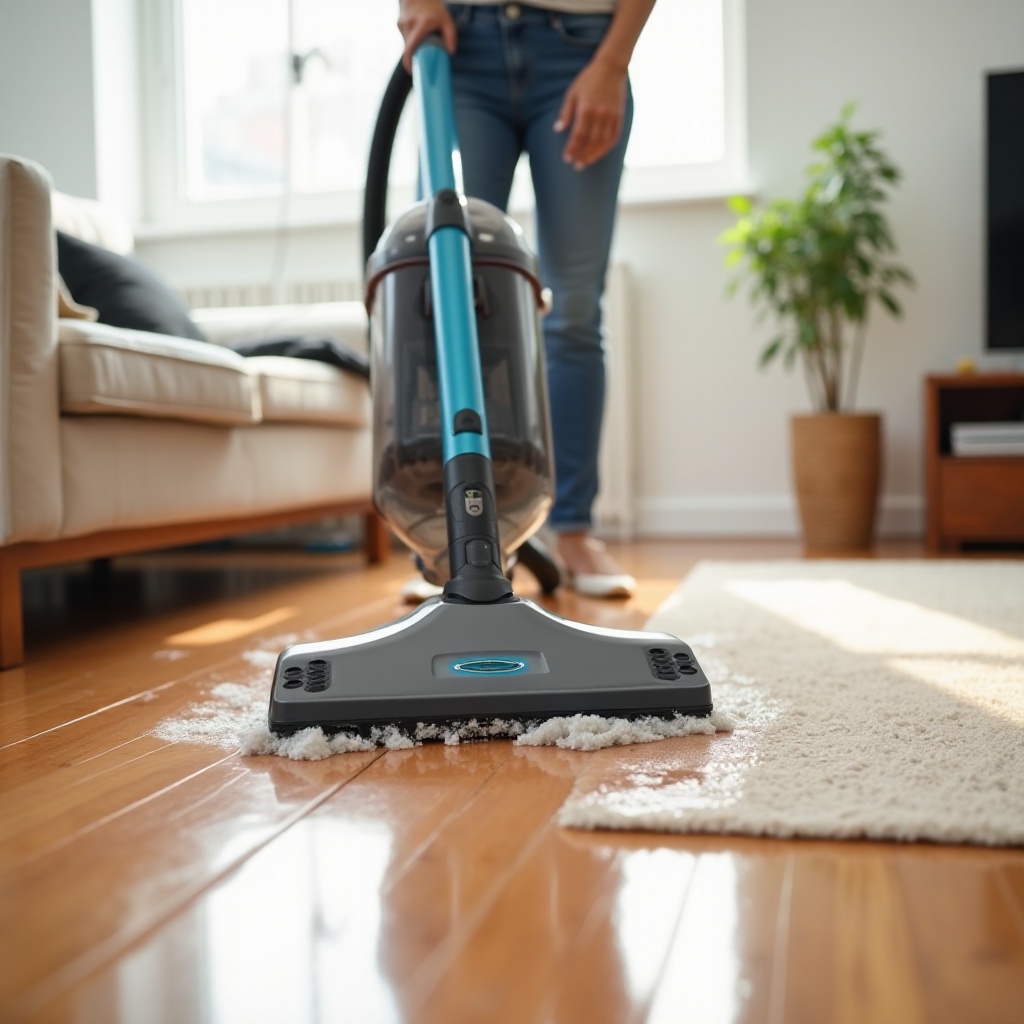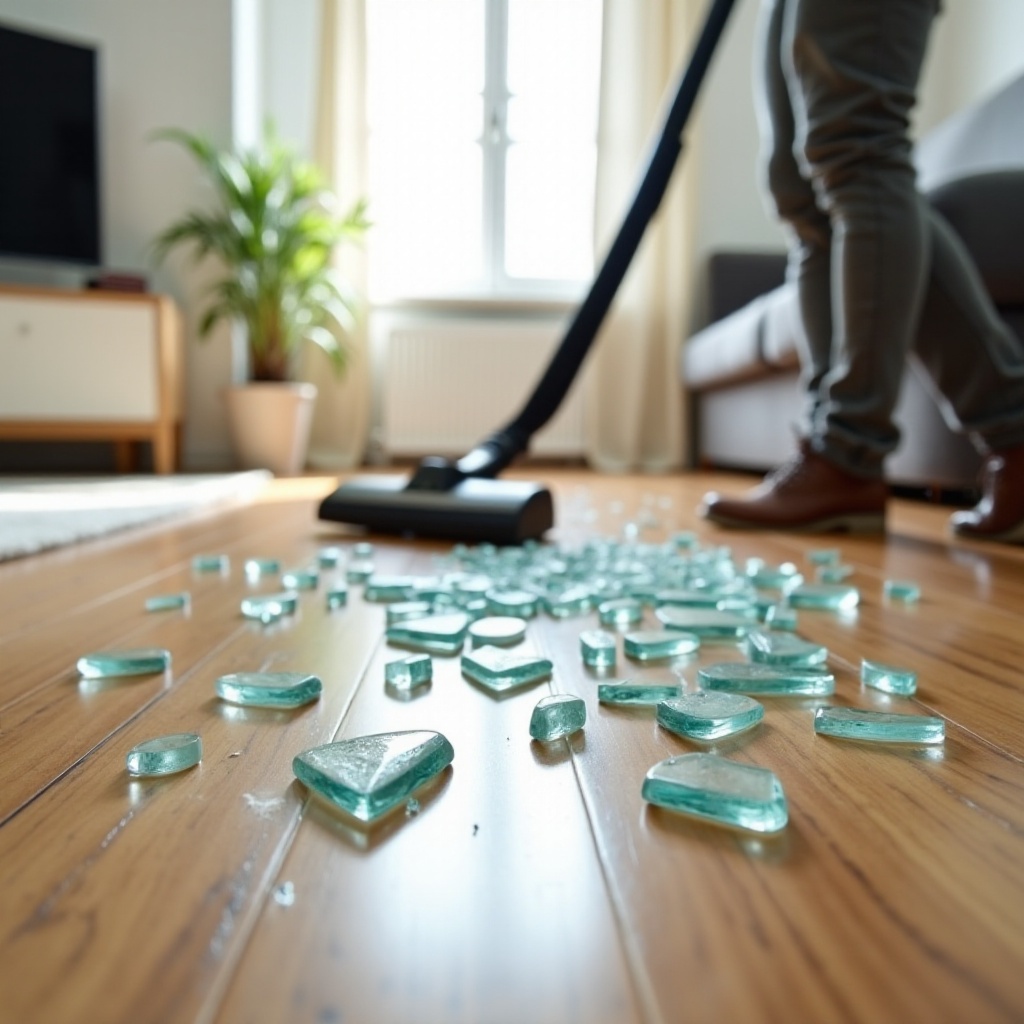Introduction
Choosing the right cleaning tools for hardwood floors is crucial for maintaining their beauty and longevity. Wet dry vacuums are versatile machines designed to handle various cleaning tasks, from liquid spills to dry debris. This article examines whether they are suitable for hardwood floors, highlighting the benefits, potential drawbacks, and best practices for their use.

Understanding Wet Dry Vacuums
Wet dry vacuums, also known as shop vacs, are designed for versatile cleaning. Unlike traditional vacuums, they can handle both wet and dry messes by using different nozzles and attachments tailored to various surface types. They have powerful suction capabilities, making them ideal for heavy-duty cleaning tasks. These vacuums usually have separate compartments for liquid and solid waste, thereby ensuring that the two do not mix. This feature makes them particularly useful for cleaning up after home improvement projects or unexpected spills. Additionally, many models come with HEPA filters, which are efficient at trapping fine particles, making them suitable for homes with allergy sufferers.

The Benefits of Using Wet Dry Vacuums on Hardwood Floors
Wet dry vacuums offer several benefits when used on hardwood floors. One significant advantage is their ability to clean up both dirt and liquid spills effectively. This ensures that any accidental spills on your beautiful hardwood floors can be cleaned before causing damage.
- Versatility: Wet dry vacuums can handle a range of messes, from small debris to large spills. This versatility means you don’t need separate devices for wet and dry cleaning.
- Powerful Suction: These vacuums come with strong motors, ensuring efficient cleaning and the ability to pick up dirt and debris lodged in crevices.
- Special Attachments: Most wet dry vacuums include attachments specifically designed for delicate surfaces like hardwood. These attachments help in safely maintaining your floors.
- Quick Drying: With the wet function, it is easier to dry wet spills quickly, preventing water damage and maintaining the integrity of your hardwood floors.
Moving from the benefits, it is crucial to address the potential downsides to equip you better in making an informed decision.
Potential Drawbacks and Safety Concerns
While wet dry vacuums offer many benefits, there are also potential drawbacks and safety concerns to keep in mind. One primary concern is the risk of scratching your hardwood floors. If not used carefully, the vacuum’s brush or wheels can cause scratches.
- Scratching: While using, ensure that attachments are appropriate for hardwood to avoid scratches or scuff marks.
- Water Damage: Excessive water usage can damage hardwood floors. Use the wet function sparingly and immediately follow up with proper drying.
- Heavy Units: Wet dry vacuums can be heavier and bulkier than traditional vacuums, making them harder to maneuver and potentially causing strain if not handled correctly.
Both power and versatility are double-edged swords; inappropriate handling may lead to floor damage. The next section will walk you through best practices to ensure safe and effective cleaning of your hardwood floors.

Best Practices for Using Wet Dry Vacuums on Hardwood Floors
Selecting the Right Model
Choose a wet dry vacuum model designed for home use, with attachments made specifically for hardwood floors. Models with adjustable suction power allow for a gentler approach when necessary. Additionally, opt for units with rubberized wheels to prevent floor scratches.
Safe Cleaning Techniques
- Use Appropriate Attachments: Always use the soft brush or hardwood-specific attachments that come with the vacuum.
- Keep Floors Dry: Avoid leaving moisture on the floor. If you use the wet function, promptly dry the area with a mop or another dry towel.
- Gentle Movements: Apply gentle, even movements to avoid dragging the vacuum across the floor, which could cause scratches.
Regular Maintenance Tips
Maintaining your wet dry vacuum is crucial for prolonging its life and ensuring optimal performance:
1. Clean Filters Regularly: Ensure that the filters are checked and replaced regularly to maintain suction power.
2. Inspect Attachments: Regularly inspect the attachments and wheels for debris that could scratch the hardwood.
3. Storage: Store the vacuum in a dry place to prevent mold or mildew build-up, which could affect its functionality.
Conclusion
Wet dry vacuums can be highly effective for cleaning hardwood floors when used correctly. They offer versatility and powerful suction, making them suitable for various cleaning tasks. However, their proper use requires understanding and careful handling to avoid potential drawbacks like scratches or water damage.
Frequently Asked Questions
Can Wet Dry Vacuums Damage Hardwood Floors?
Wet dry vacuums can damage hardwood floors if inappropriate attachments are used or if the machine is not handled correctly. Always use recommended attachments to avoid scratching.
How Often Should I Use Wet Dry Vacuums on Hardwood Floors?
Using wet dry vacuums once a week should be sufficient for maintaining clean hardwood floors. Avoid overuse of the wet function to prevent water damage.
Are Wet Dry Vacuums Suitable for All Types of Hardwood Floors?
Most wet dry vacuums are suitable for sealed hardwood floors. However, caution is advised for unsealed floors to prevent water infiltration and damage.

